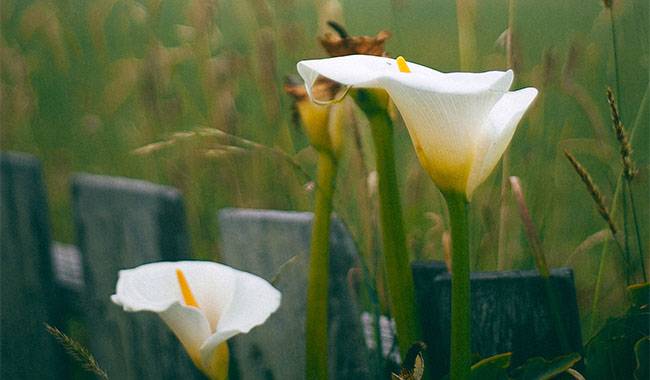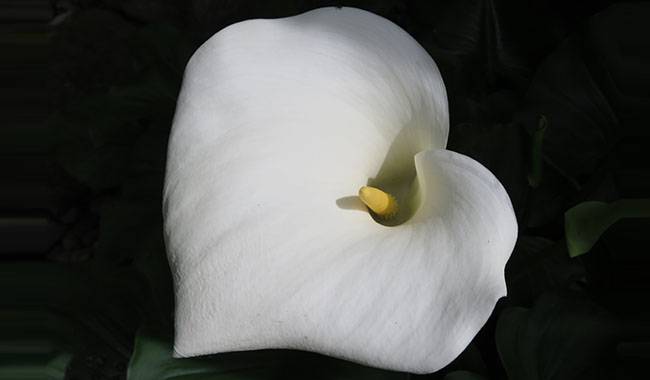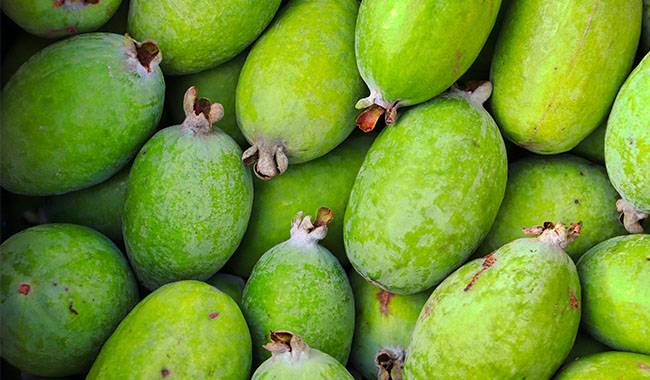
How to plant calla lily? This plant grows from a single rhizome or bulb and needs a moist growing environment to stay healthy.
These oddly shaped flowers bloom outdoors in June and July but will bloom from spring through fall if the proper temperatures are maintained indoors. Otherwise, these plants provide beautiful foliage throughout the rest of the year.
Its appearance This plant grows directly from the bulb without any stems in between. The large leaves open above the soil and rise to 2-3 feet (60.96-91.44cm) in the air as they unfurl. The trumpet-shaped flowers grow on tall stems a few inches or so above the dark green leaves.
A single bulb will produce multiple leaves and flowers. The leaves are shaped like an arrowhead and grow quite dark. The white flowers can grow up to 10 inches (25.4 cm) long each. Each bloom produces a large, single-petalled flower that resembles an upturned bell with one side stretched out of proportion. The center stamen is always yellow.
When flowering. Calla lilies do not need any encouragement to bloom. As long as the moisture and light conditions are within the plant’s tolerance range, it will bloom without special attention.
Toxic to pets. Calla lilies are poisonous to pets including dogs and cats if they ingest this plant. Look for signs of oral irritation, swallowing problems, vomiting, or any other unusual symptoms, and take your pet to your veterinarian for treatment as soon as possible.
Flowering problems
If your lilies refuse to bloom throughout the growing season, the problem is likely in the soil. Test the pH of the potting soil. The pH of the soil should be between 6.0 and 6.5 to keep your plants healthy.
If your soil pH is within the limit, you may be overwatering. Check the moisture level of your soil and adjust it so that it is moist, but never soggy, down 3 inches (7.62cm).
For plants with good soil pH and moisture levels, the problem may be too little sunlight. Increase its light, but do not increase its temperature. Any changes will take at least four weeks to bloom.
WHERE TO GROW
Calla lily flower prefers fertile soil, good drainage, and filtered light or moderate shade. They will burn in full sun, so be careful when choosing a location.
If you notice puddles within 5-6 hours after a heavy rain, you’ll want to find another location or amend the soil with the addition of organic material to improve drainage.
Calla lily flower is not particularly picky and will flourish near ponds and streams, but will begin to rot in excessively wet soil. If using containers, make sure there are adequate drainage holes and keep in mind the number of tubers you intend to plant when choosing a size.
WHEN TO PLANT

Most calla lily flower varieties are winter hardy in zones 8-10 and should be planted outdoors in the spring after the risk of frost has passed. They can also be planted in fall in indoor containers or in warmer climates starting a month before the average last frost date to get a good start.
In warmer areas, roots and terminal buds will begin to form in the fall and flowers will arrive in the spring and summer.
PLANTING REQUIREMENTS
For container planting, choose a container with sufficient drainage holes and fill it with good quality, well-drained soil. Almost all commercially available potting soil mixes will do the trick.
For outdoor landscape planting, choose a well-drained soil where your calla lily flower will receive filtered light or moderate shade.
Dig holes and plant tubers shallowly (no more than 4 inches deep) with eyes facing upward and the tops barely covered with soil, or even slightly exposed.
After planting, water thoroughly and gently soaks the soil so that it settles around the tubers.
HOW TO PLANT
Water as needed during the peak growth period, aiming for about 1 inch of water per week.
Leave the foliage in place after the season’s blooms are over. The leaves will collect sunlight, make food through photosynthesis, and strengthen the tubers for future use.
After flowering is over, let your calla lily flowers rest for a few months before starting the next growth cycle.
In the fall, place a layer of mulch, straw, or leaves around the tubers to protect them from the warm weather.
Dig up the tubers and store them in slightly damp peat moss if you are in a cooler area than Zone 10 and wish to keep them until next season.
CALLA LILY FLOWER TIPS AND TRICKS
When in full bloom, cut a few flowers for a bouquet or other cut flower arrangement. Doing so won’t harm your plants, and bringing elegant, long-lasting blooms indoors is one of the best reasons to grow calla lily flowers.
In warm areas, expect roots and terminal buds to form in the fall and flowers in the spring and summer.
Amend poorly drained soil with organic material, raising it 2-3 inches to improve drainage, as calla lily flowers will not thrive in waterlogged soil. Compost, finely shredded bark, or compost all work great and are readily available.
Check your tubers to identify where the growing points or “eyes” are located. Tubers should be planted with the eyes facing up.







